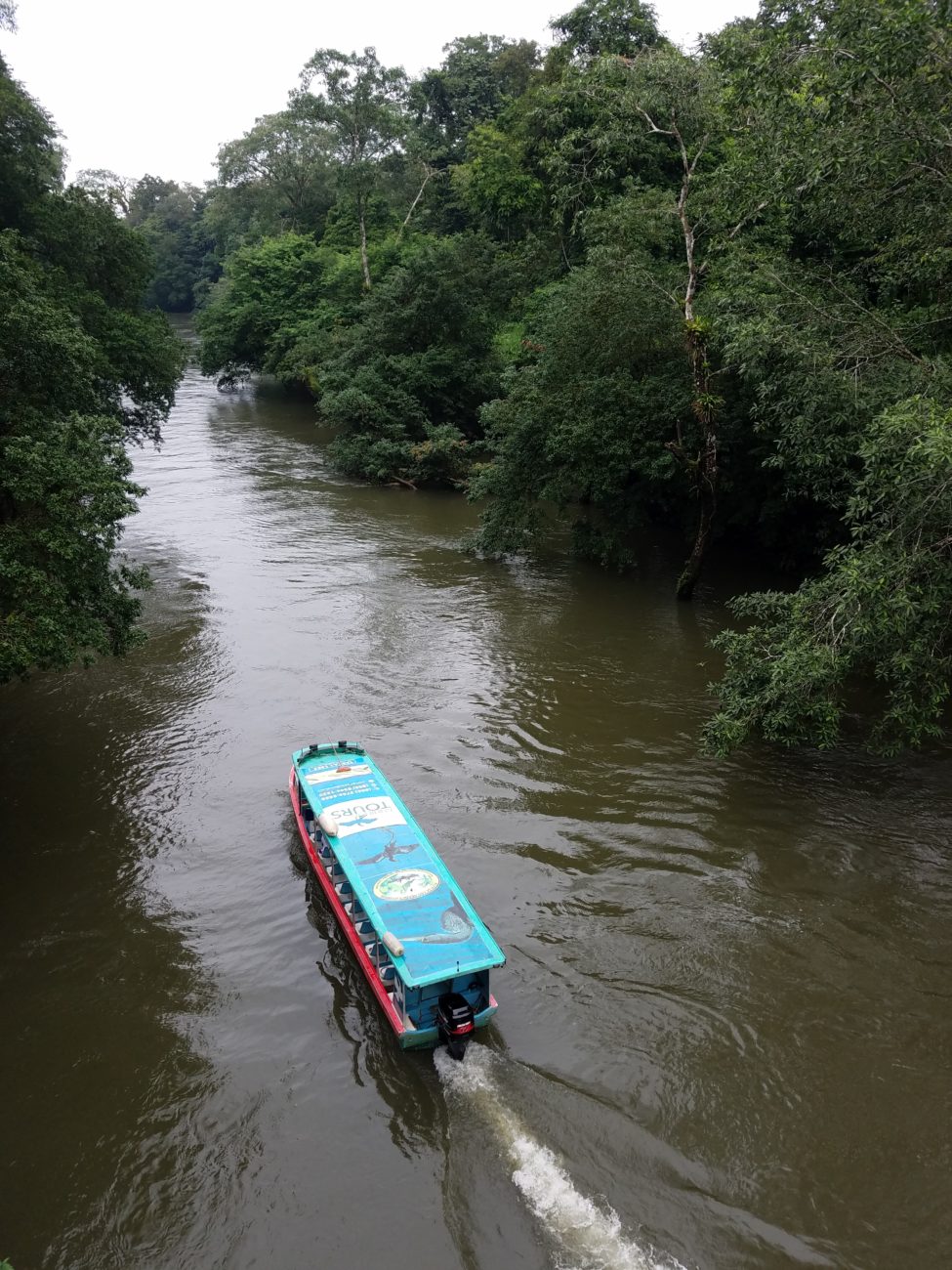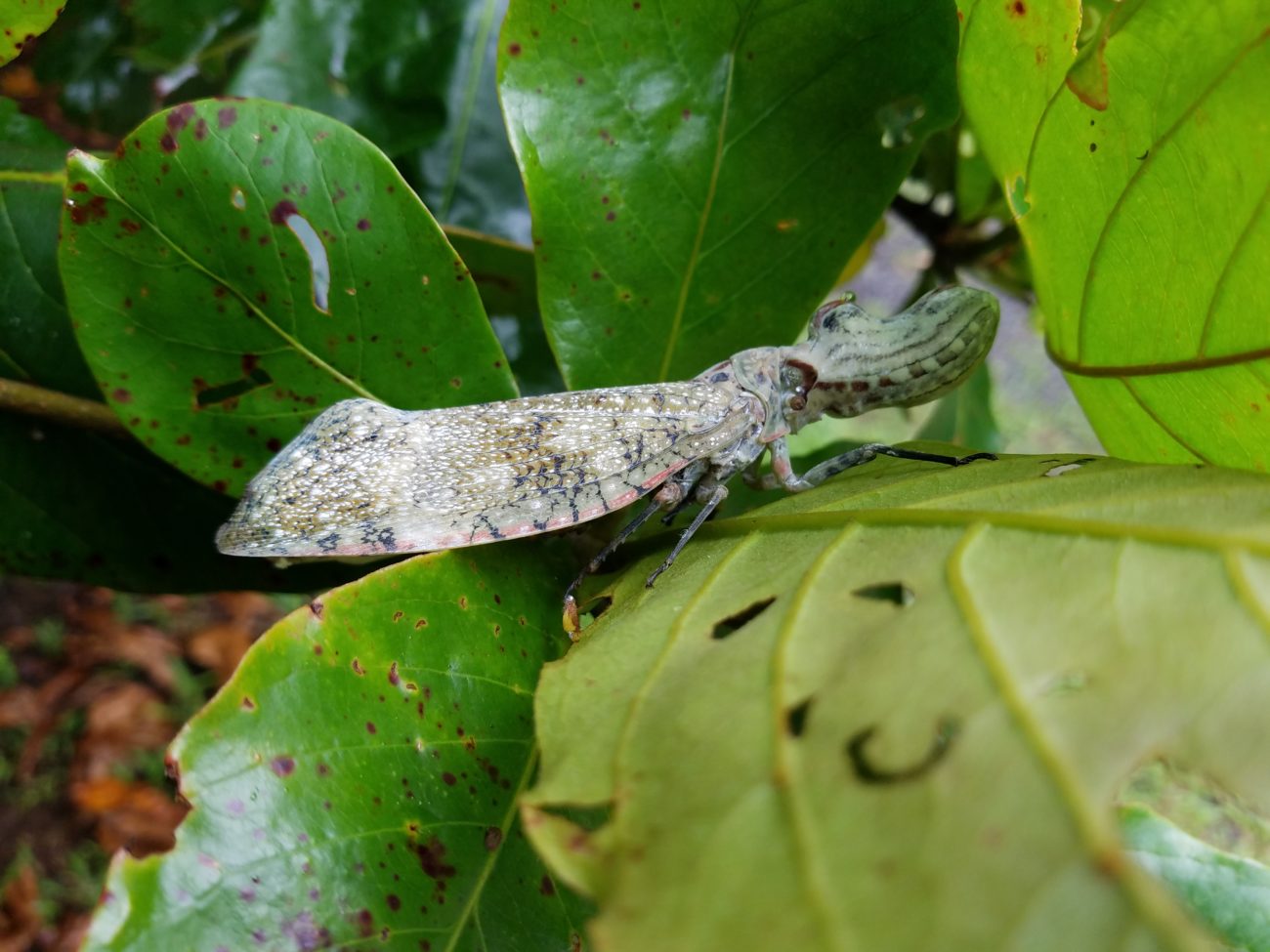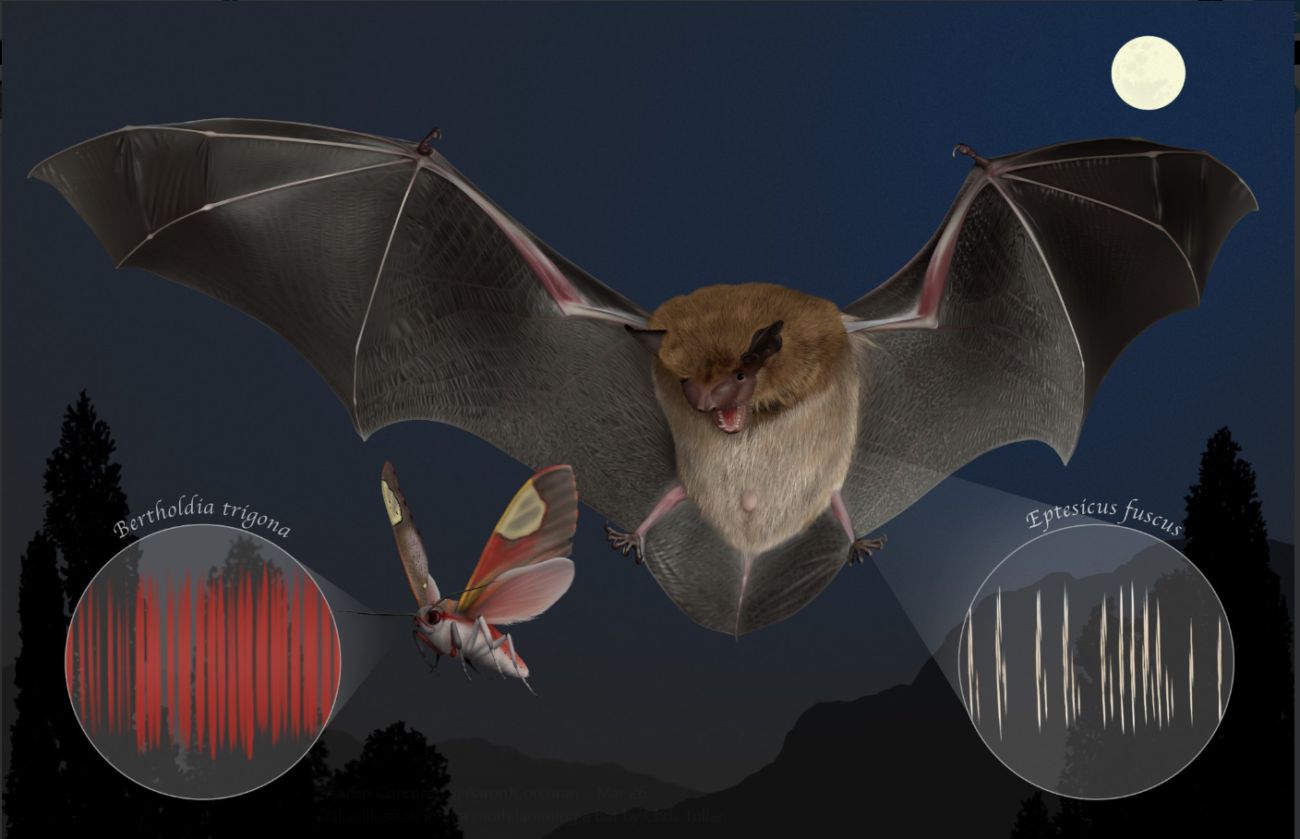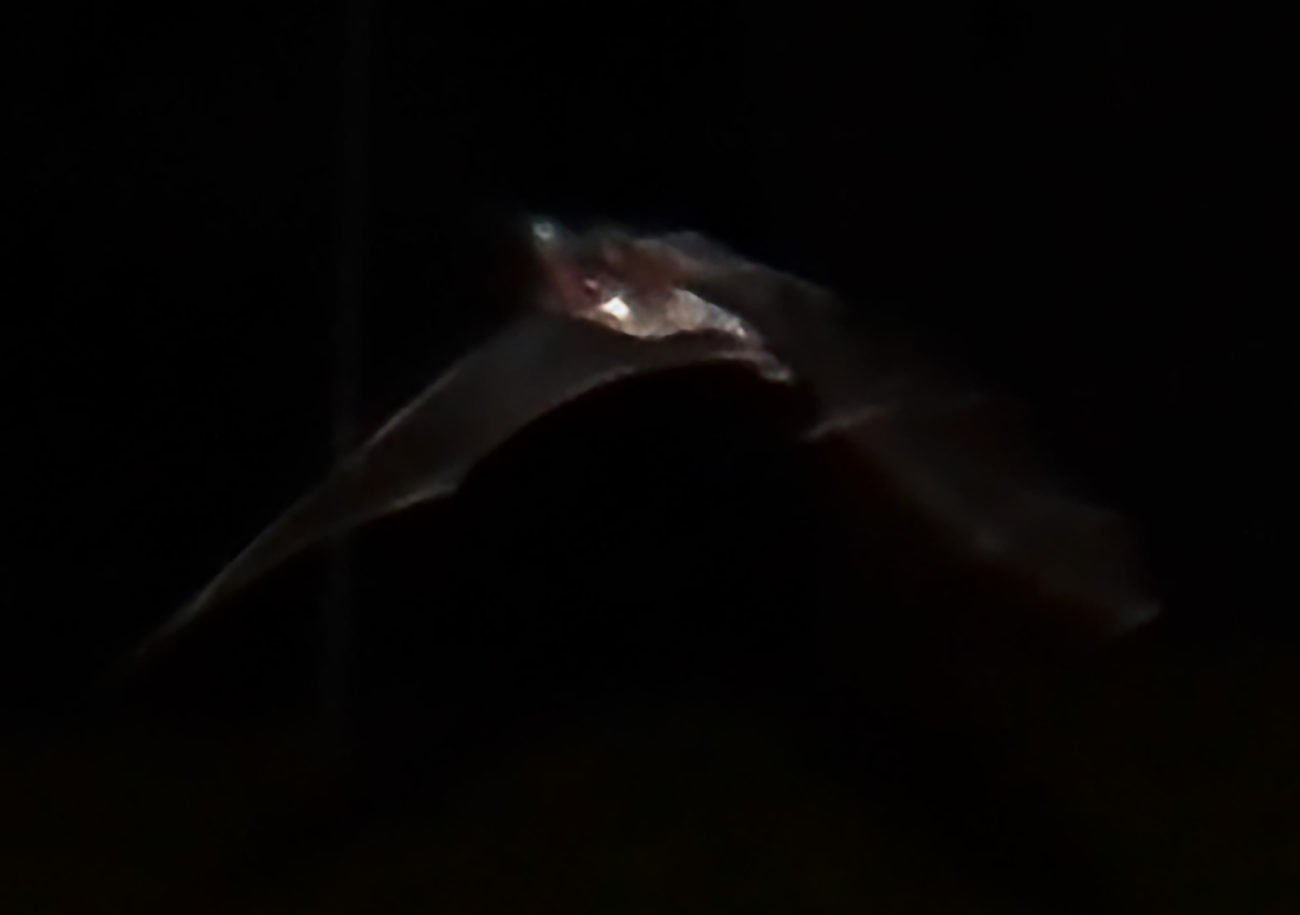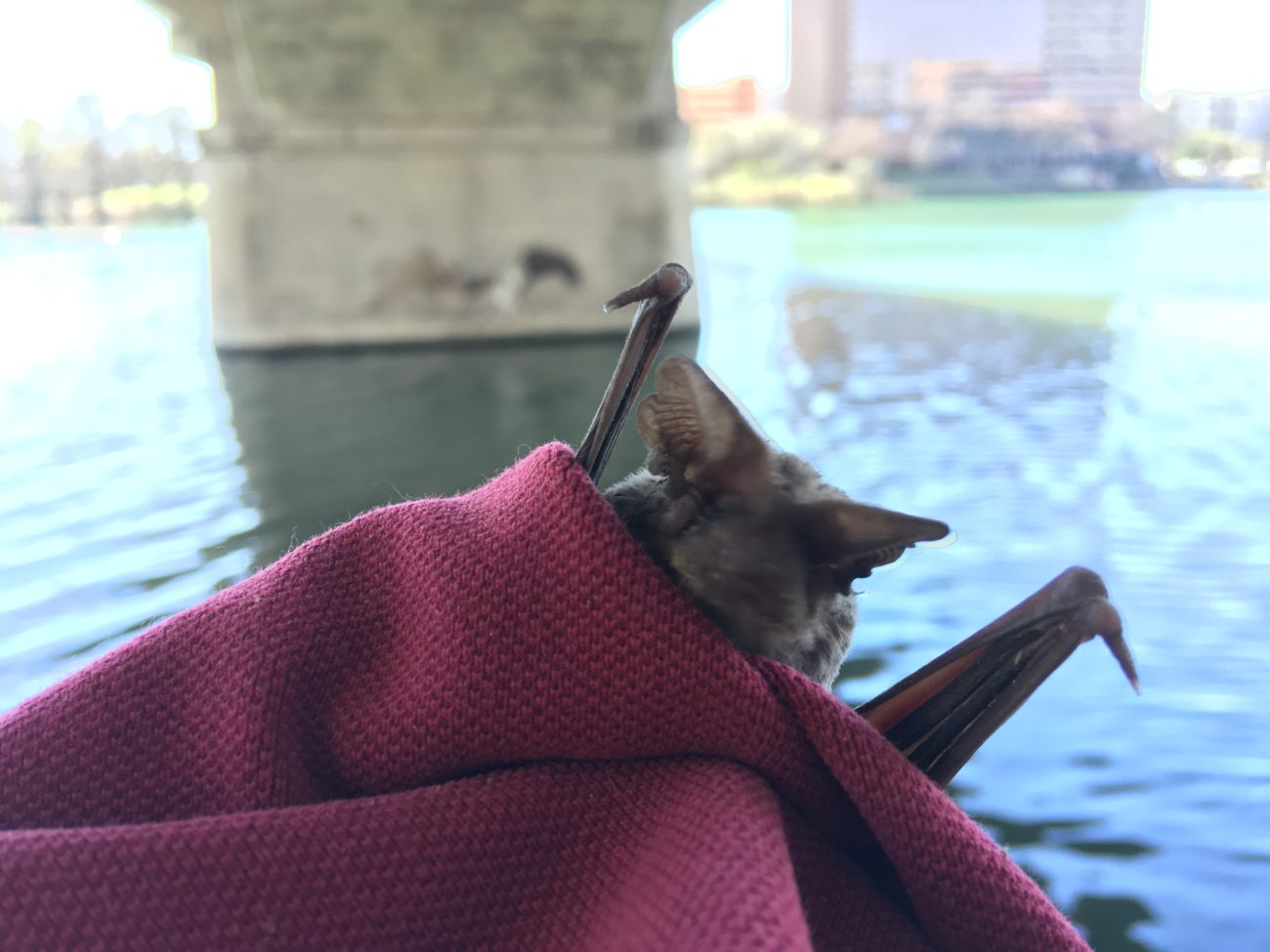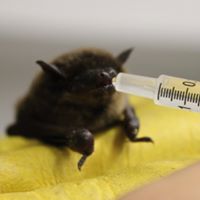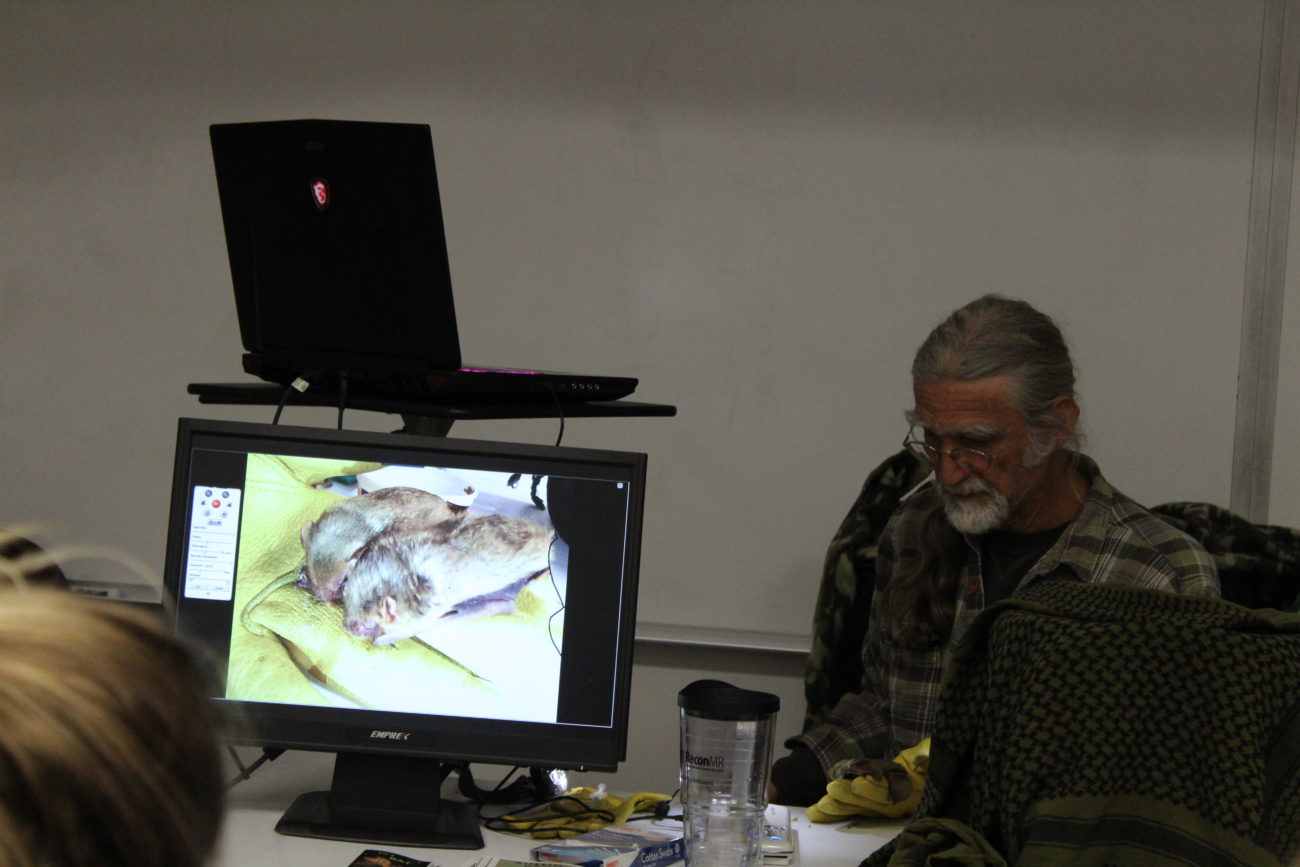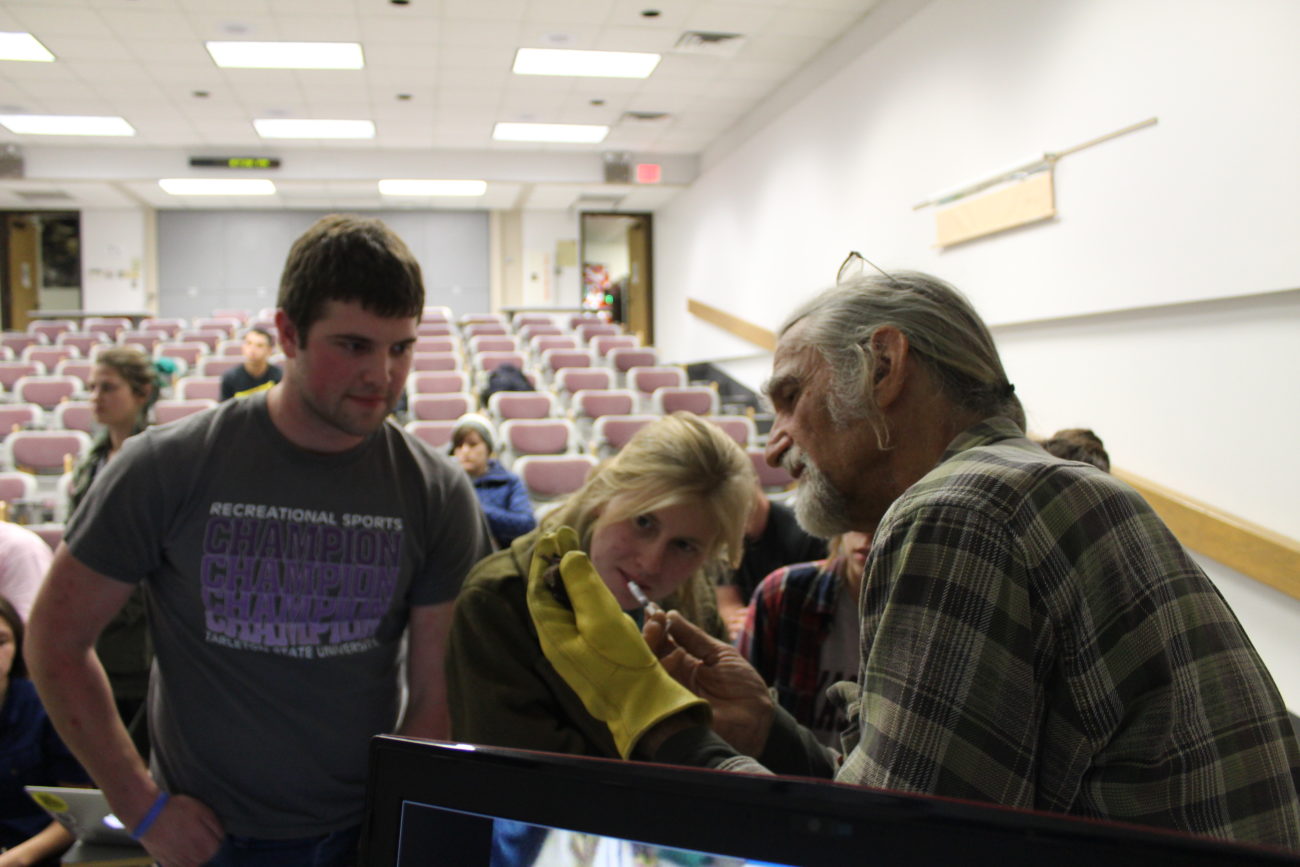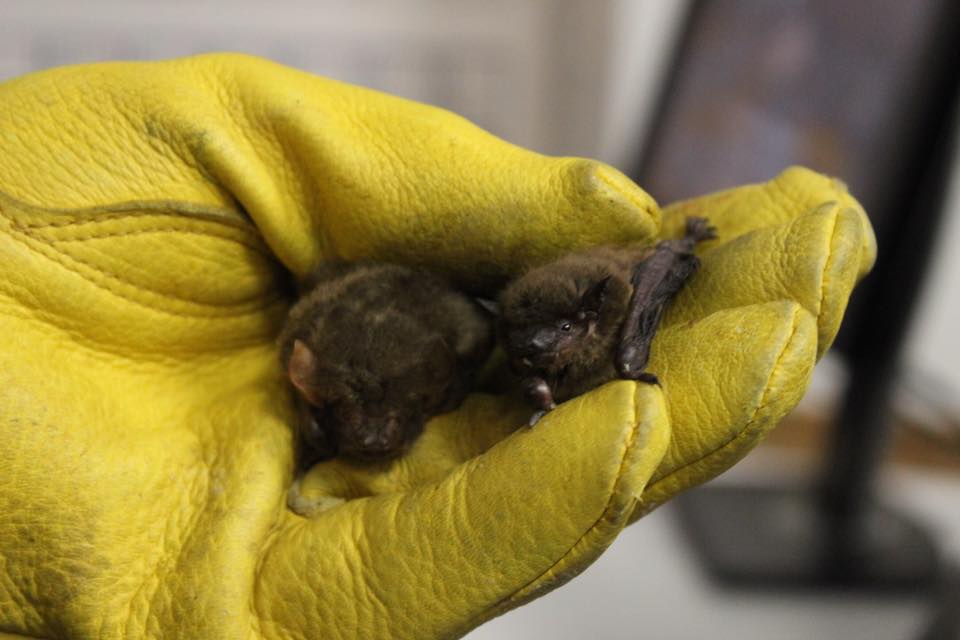The following is an article by Zeke MacCormack, a San Antonio Express-News staff writer:
Published in the San Antonio Express-News April 5, 2018

Photo: Marvin Pfeiffer, Staff / San Antonio Express-News
Mexican free-tailed bats emerge from the Bracken Cave at dusk to foray for food on Tuesday, Sept. 19, 2017.
In a double dose of troubling news, the fungus blamed for killing millions of East Coast bats since its discovery there in 2007 has been found in Central Texas and on a Mexican free-tailed bat — both firsts.
However, the Texas Department of Parks and Wildlife announcement of those discoveries Wednesday noted that no Texas bats have been found exhibiting signs of the malady known as “white nose syndrome.”
“Biologists say it usually takes a few years after detecting the fungus for the disease to manifest,” said the release that identified four new Texas counties where Pseudogymnoascus destructans fungus had been found, bringing the total to 10.
It previously was found on cave bats, tri-colored bats and Townsend’s big-eared bats.
In the San Antonio region, the fungus was detected on bats at two sites in Kendall County and two sites in Blanco County.
Kendall County is now the southernmost location in the nation where researchers have discovered the fungus, which was first detected in Texas in 2017 in the Panhandle, officials said.
The deadly illness typically strikes hibernating bats, causing declines of winter populations by more than 90 percent in some locations.
So its presence in free-tailed bats, which migrate rather than hibernate, raises a new series of concerns.
“They migrate in huge populations all over the country so they could spread the disease much faster,” said Jonah Evans, a TPWD mammalogist
The Mexican free-tail bat carrying the fungus was found at the Old Tunnel State Park in Kendall County, he said.
Evans described researchers as shocked by the results of testing on skin swabs that were collected from bat wings and muzzles between December and last month by a coalition of biologists from Bat Conservation International, Texas A&M University’s Department of Wildlife and Fisheries Sciences and its Natural Resources Institute.
“We were disappointed to see that it had moved southward as fast as it has,” Evans said. “We all expected it would move around the state, but it’s kind of shocking to see it happen this fast.”
The recent testing also found the fungus on bats in Foard and Wheeler counties, in North Texas, officials said.
The TPWD release said, “Because bats usually produce just one offspring per year, researchers are concerned it could take many decades for some populations to recover from a major decline.”
A widespread outbreak of the deadly disease in free-tailed bats could hold financial implications for agricultural producers who rely on the winged mammals to eradicate insects that feed on their crops.
The estimated value of bat pest control is $1.4 billion annually in Texas, the TPWD release says.
“Mexican free-tailed bats are key predators of agricultural pests in Texas, primarily moths that feed on corn and cotton,” said Mylea Bayless of Bat Conservation International.
“Since white nose syndrome is a disease of hibernating bats, we’re cautiously optimistic that Mexican free-tailed bats — which don’t hibernate — will fare better than other species in terms of contracting the disease and experiencing mortality from it,” she said.
The free-tailed bat also is an iconic presence, she said, drawing visitors watch them emerge by the millions from Bracken Cave just north of San Antonio, the Congress Avenue Bridge in Austin and other major colonies.
“This bat is special to Texas, which is one of the reasons that this news is particularly distressing,” Bayless said Wednesday.
Beyond trying to track the spread of the fungus, she said, “Bat conservation International is working with the Texas Parks and Wildlife Department and others to explore and test potential treatments for white nose syndrome.”
Zeke MacCormack is a San Antonio Express-News staff writer. Read more of his stories here. | zeke@express-news.net | @zekemac


